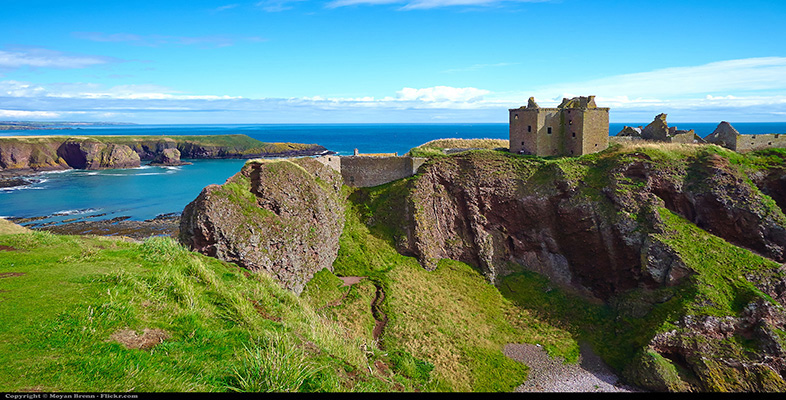2.2 Battlefield sites
Battlefields are ‘increasingly being taken up as part of a nation's “official” heritage’ (Carman and Carman, 2006, p. 1) so it is essential to consider their role in the construction of individual and group identity, and in developing a sense of nationhood. As heritage sites, battlefields are a paradox: on the one hand, their qualities as deeply experiential places have long been recognised and are well documented; on the other hand, battlefield sites are often unprepossessing places. Moreover, as many battlefields are not marked in an obvious or particular way, they may be ‘invisible’ to a large proportion of the population. Battlefields, by their nature, also raise sensitive issues of identity and are likely to occupy a role as contested heritage. This means that their role in the construction of identity is complex and variable.
As with all marked heritage spaces, the decision to preserve a battlefield and the way in which it is marked say much about its role in the present. Similarly, ignoring or ‘forgetting’ a battlefield site is an indicator of how that site is remembered and/or exploited in the present. We will return to the role of the tangible landscape of the battlefield during the discussion on Culloden Battlefield as a heritage site.
